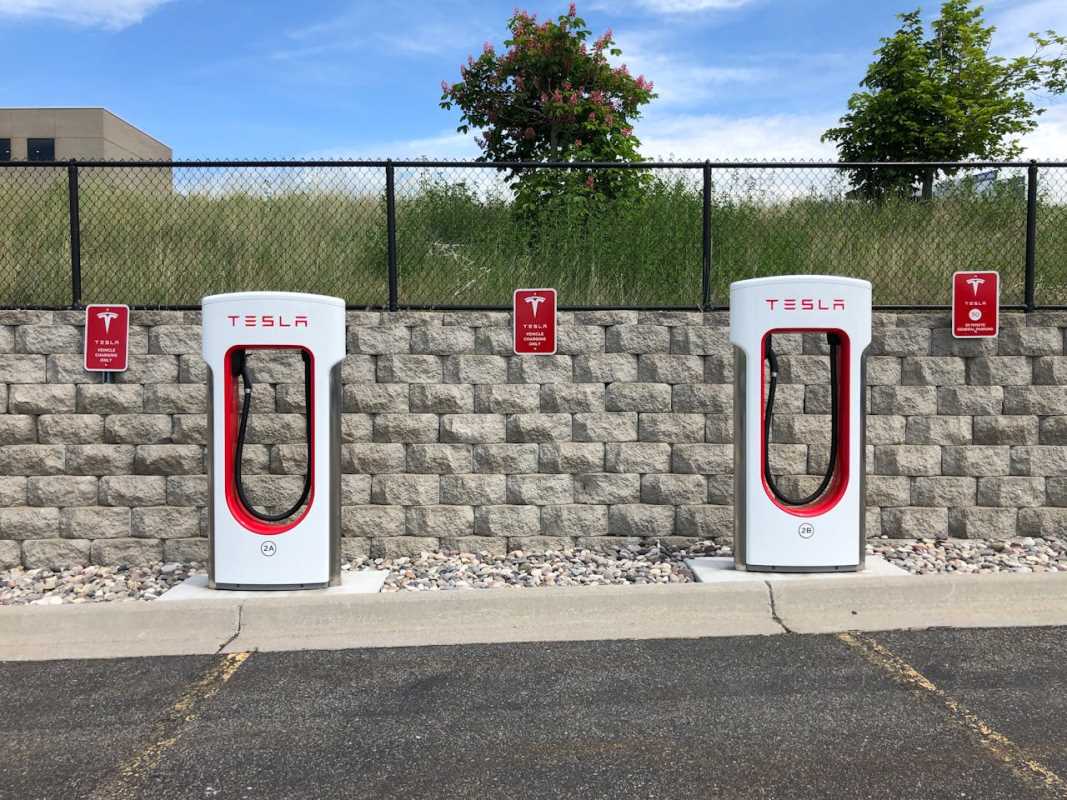Dealing with the aftermath of a car accident is stressful enough without discovering that your insurance company’s repair estimate is lower than your mechanic’s. It’s a frustrating situation that can leave you feeling powerless and worried about how you’ll cover the difference. We want you to know you have options and the power to advocate for yourself. This isn't the end of the road. We’re here to help you understand why these discrepancies happen and provide clear, actionable steps you can take. Let’s walk through the process together, so you can navigate this challenge with confidence and get your car repaired correctly.
Why Repair Estimates Don't Always Match
It’s a common scenario: your insurance adjuster inspects your vehicle and provides an estimate for, say, $2,000. You take that estimate to your trusted body shop, and they quote you $3,000 for the same repair. This $1,000 gap can be alarming, but it doesn't automatically mean something is wrong. Several factors can cause this initial difference, and understanding them is the first step toward finding a solution.
Use of Aftermarket or Recycled Parts
One of the most frequent reasons for a lower insurance estimate is the specification of non-original parts. To keep costs down, insurers often base their estimates on using:
- Aftermarket Parts: These are new parts made by a company other than your car's original manufacturer. They are designed to fit and function like the original parts but are typically less expensive.
- Recycled or Salvage Parts: These are original equipment manufacturer (OEM) parts taken from a salvaged vehicle. They are OEM quality but have been previously used.
In contrast, your mechanic may have quoted you for Original Equipment Manufacturer (OEM) parts, which are brand-new parts made by your car’s manufacturer. These are generally the most expensive option. Your insurance policy language will specify what kind of parts are covered, but this difference is a major source of estimate variation.
Differing Labor Rates and Times
Insurance companies often have negotiated labor rates with a network of pre-approved repair shops. Their estimate will be based on this specific hourly rate. A shop outside of this network may charge a higher rate for its technicians' time.
Additionally, insurers and mechanics might disagree on the amount of time a specific repair should take. An adjuster might estimate a door panel replacement will take three hours, while the body shop’s expert, based on their experience with that exact model, knows it will take five hours to do correctly.
Overlooked or Hidden Damage
An initial inspection by an insurance adjuster is often just a visual assessment. They can only see the surface-level damage. It’s very common for a body shop to discover additional, hidden damage once they begin disassembling the vehicle. For example, a dented fender might be hiding a bent frame component or damaged wiring underneath. This undiscovered damage is a perfectly valid reason for the final repair cost to be higher than the initial estimate.
Your Action Plan: Steps to Take When Estimates Differ
Feeling stuck between two different numbers is tough, but you have a clear path forward. You can take control of the situation by being proactive, organized, and communicative. We’ve got you covered with this step-by-step guide.
1. Stay Calm and Don't Authorize Repairs Immediately
Your first instinct might be to panic or get angry. Take a deep breath. This is a common part of the claims process and is usually solvable. It’s important not to authorize the repair shop to begin work until you have a clear plan for how the full cost will be covered. Starting repairs before getting approval for the difference could leave you responsible for the extra amount.
2. Ask for a Detailed, Itemized Explanation
Go to both the insurance adjuster and your mechanic and ask for a line-by-line breakdown of their estimates. You want to compare them side-by-side to pinpoint exactly where the disagreements are.
Look for differences in:
- The type of parts listed (OEM vs. aftermarket).
- The estimated hours of labor for each task.
- The hourly labor rate.
- Any repairs or procedures listed on one estimate but not the other.
Having this detailed comparison makes it much easier to have a productive conversation with your insurer.
3. Have Your Mechanic Contact the Insurance Adjuster
Your mechanic is your best advocate in this situation. They are the repair expert and can speak the same technical language as the insurance adjuster. Ask your body shop manager to contact the adjuster directly to discuss the differences in their estimates.
The mechanic can explain why a certain procedure will take longer, justify the need for OEM parts for a proper fit or function, or point out damage that the adjuster may have missed. This direct communication between the experts is often the fastest way to resolve a discrepancy.
4. Initiate the Supplement Process
When a body shop finds additional damage after the initial estimate, they will file something called a "supplemental claim." This is a standard and routine procedure. The shop will document the hidden damage with photos and detailed notes and send this new information to the insurer. The adjuster will then review the supplement and, if the damage is legitimate and covered by your policy, issue additional payment to cover the extra work. This is the formal process for adjusting an initial estimate.
5. Review Your Insurance Policy
Take some time to read through your auto insurance policy, specifically the section on collision or comprehensive coverage. The policy document is your contract with the insurer and will outline their obligations. Pay close attention to any language regarding the use of OEM, aftermarket, or recycled parts. Some policies offer an optional "OEM parts rider" that guarantees the use of original parts. Knowing what your policy says gives you a stronger foundation for your discussions.
6. Consider Getting a Second Opinion
If your mechanic and insurer cannot reach an agreement, you have the right to get another estimate from a different repair shop. This can be especially helpful if the disagreement is over labor rates. A second estimate can help validate your preferred shop's quote or provide a compromise. Most states give you the right to choose your own repair shop, so you are not obligated to use one from your insurer’s network.
7. Escalate the Issue If Necessary
If direct communication isn’t working and you feel your claim is being handled unfairly, you can escalate the issue. Start by asking to speak with a claims manager at the insurance company. They have more authority to approve costs and resolve disputes.
If you are still at a standstill, you can contact your state's Department of Insurance. This government agency is responsible for regulating insurers and can help mediate disputes. They can review your case and determine if the insurance company is acting in accordance with state laws and the terms of your policy.
 (Image via
(Image via





